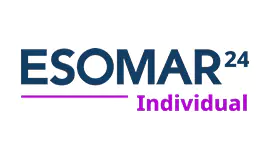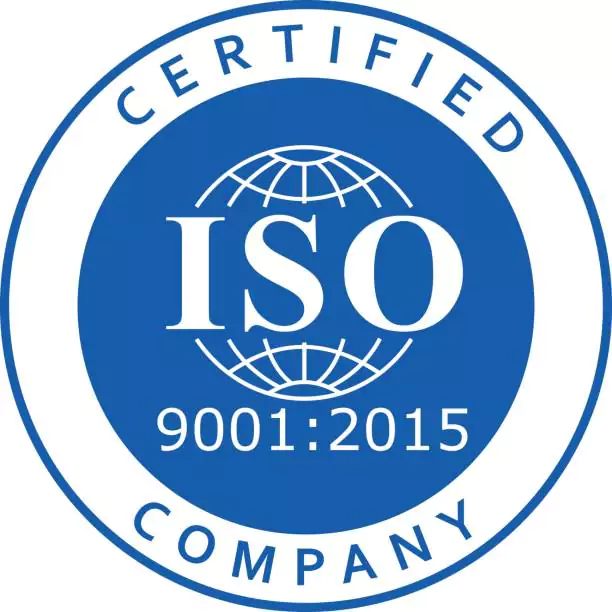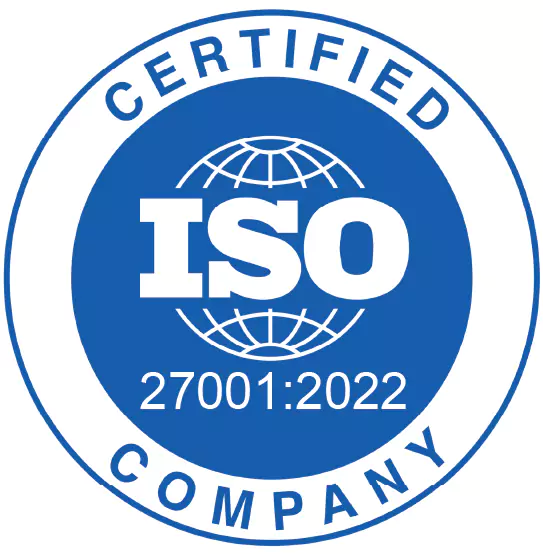
In today's competitive job market, having a well-crafted resume is essential for any job seeker.
While the content of your resume is undoubtedly critical, the presentation can make all the difference in catching a potential employer's eye.
Word resume templates offer a simple and effective way to create a visually appealing resume that stands out from the crowd.
We'll share tips and tricks to maximize the potential of Word resume templates and help you land your dream job.
Choosing the right template is crucial in creating a standout resume that catches the eye of hiring managers.
While Word offers a wide range of templates, it's essential to select a template that is appropriate for your industry and job level. A template that works well for a creative position may not be suitable for a more traditional industry, such as finance or law.
It's important to choose a template that aligns with the job you are applying for.
For example, if you are applying for a job in marketing, you may want to choose a template with a bold and colorful design to showcase your creativity.
On the other hand, if you are applying for a job in finance, a more traditional and straightforward template may be more appropriate.
Another factor to consider is your personality and style. While you want your resume to look professional, it should also reflect your unique personality and style.
Choosing a template that aligns with your personal brand can help you stand out from other applicants and make a lasting impression on hiring managers.
When selecting a template, pay attention to the layout, font, and color scheme. Make sure that the template is easy to read and that the font size is appropriate.
Avoid using fonts that are too small or difficult to read, as this can make your resume appear cluttered and unprofessional. Make sure that the color scheme is appropriate and that the colors do not clash or distract from the content of your resume.
Customizing the design of your resume is an important step in creating a unique and visually appealing document that showcases your skills and accomplishments.
While Word templates provide pre-designed layouts, colors, and fonts, customizing these elements can help your resume stand out from others using the same template.
One way to customize the design is to experiment with different color schemes. You may want to choose colors that match your personal brand or that align with the industry you are applying for.
However, it's important to avoid using too many colors or overly bright or neon colors that may be distracting or difficult to read. Stick to a simple and clean color palette that enhances the content of your resume.
Another way to customize the design is to choose a font that reflects your personality and style. You may want to choose a font that is modern and sleek or more traditional and classic, depending on the industry and job you are applying for.
However, make sure the font you choose is easy to read and not too small. Avoid using too many different fonts or styles that can make your resume look cluttered.
Keep your design professional and avoid over-the-top design elements that may distract from the content of your resume.
While it's tempting to add graphics or images, make sure they are relevant and add value to your resume. Avoid using too many graphics or images, as this can make your resume look unprofessional.
Keeping your resume simple and easy to read is crucial to ensuring that hiring managers can quickly and easily identify your skills and accomplishments.
One way to keep your resume simple is to use bullet points to highlight your accomplishments.
Bullet points break up large blocks of text and make it easier for hiring managers to quickly identify your key achievements. Make sure your bullet points are concise and specific, highlighting your most relevant skills and accomplishments.
It's also important to keep your resume organized. Use clear section headings to separate your work experience, education, and other relevant information. Make sure each section is clearly labeled and easy to find.
Using keywords in your resume is a crucial step in optimizing it for applicant tracking systems (ATS) and increasing your chances of getting noticed by recruiters and hiring managers.
Many companies use ATS to scan resumes for keywords related to the job description, and only the resumes that meet certain criteria are passed on to human recruiters for further review.
Using relevant keywords and phrases throughout your resume is essential to ensuring that it passes the ATS scan and makes it into the hands of the hiring manager.
To incorporate keywords into your resume, start by reviewing the job description for the position you're applying for. Look for keywords and phrases that describe the desired skills, experiences, and qualifications for the job, and make sure to include them throughout your resume. This might include technical skills, specific industry jargon, or important qualifications.
When using keywords, be sure to include them in context and avoid stuffing them into your resume unnaturally. Use them in sentences and bullet points that describe your relevant experience and qualifications.
For example, if the job description calls for experience with a specific software program, make sure to include it in the relevant section of your resume, along with your experience using it.
Make sure that your keywords are relevant to your experience and qualifications. Avoid including keywords that don't apply to your experience or qualifications, as this can make your resume appear insincere or insincere.
Instead, focus on highlighting your relevant experience and qualifications using the relevant keywords and phrases.
Focusing on your achievements and accomplishments in each role is an excellent way to make your resume stand out and demonstrate your value to potential employers.
Rather than simply listing your job duties and responsibilities, highlighting your achievements can help you showcase your impact and contributions to previous employers.
To focus on your achievements, start by reviewing your previous roles and identifying specific accomplishments that highlight your skills and experience. These might include exceeding sales targets, improving customer satisfaction ratings, or completing projects ahead of schedule.
Use quantifiable metrics, such as percentages, dollar amounts, or other specific metrics, to demonstrate your impact and value.
For example, instead of simply stating that you increased sales revenue in a particular role, quantify the increase by providing specific numbers and percentages. This not only helps the hiring manager understand the scale of your accomplishment but also provides concrete evidence of your abilities.
Try to tailor your achievements to the job you're applying for. Review the job description and identify the specific skills and experiences that the employer is looking for. Then, focus on highlighting achievements that demonstrate your ability to meet those qualifications.
By focusing on your achievements, you can demonstrate your track record of success and show potential employers how you can add value to their organization. This not only makes your resume more engaging and impressive but also increases your chances of getting noticed by recruiters and hiring managers.
To tailor your resume, start by reviewing the job description in detail. Look for the specific skills and experiences that the employer is looking for, and make a note of any keywords or phrases that are used repeatedly throughout the job posting.
Next, customize your resume to emphasize your relevant experience and qualifications. This might include rearranging the order of your resume sections, emphasizing certain experiences, or even adding new sections that highlight relevant skills or experiences.
For example, if the job description highlights the need for experience working with a particular software program, make sure to emphasize your experience with that program in your resume.
You might even consider adding a new section to your resume specifically highlighting your technical skills and experience with that program.
Keep your language and tone in line with the job description. Use similar language and phrasing where appropriate to demonstrate that you've done your research and are genuinely interested in the position.
By tailoring your resume, you show the hiring manager that you've taken the time to understand the job requirements and have tailored your application to demonstrate your qualifications and suitability for the role. This can help you stand out from other applicants and increase your chances of getting noticed by recruiters and hiring managers.
Proofreading and editing your resume is a crucial step in ensuring that it is error-free and presents you in the best possible light.
Hiring managers and recruiters are likely to reject resumes that contain mistakes or are difficult to read, so it's essential to take the time to review and edit your resume thoroughly.
Start by reading through your resume carefully, paying attention to spelling, grammar, and punctuation errors. Look for inconsistencies in formatting and ensure that your font style and size are consistent throughout.
Use a tool like Grammarly to check for spelling and grammar errors and to suggest improvements.
It can be challenging to catch all of your own mistakes, so consider asking a friend or colleague to review your resume and provide feedback. They may be able to spot errors or inconsistencies that you missed and offer suggestions for improvements.
When reviewing your resume, ask yourself whether it is easy to read and understand. Use bullet points and concise language to highlight your achievements and experiences, and avoid using overly complex or technical language that may be difficult to understand.
Word resume templates offer a simple and effective way to create a visually appealing resume that stands out from the crowd.
By following these tips and tricks, you can maximize the potential of Word templates and create a standout resume that highlights your achievements and strengths.
Remember to customize the design, use keywords, focus on achievements, and tailor your resume for each job you apply for.
With a well-crafted resume, you'll be one step closer to landing your dream job.










